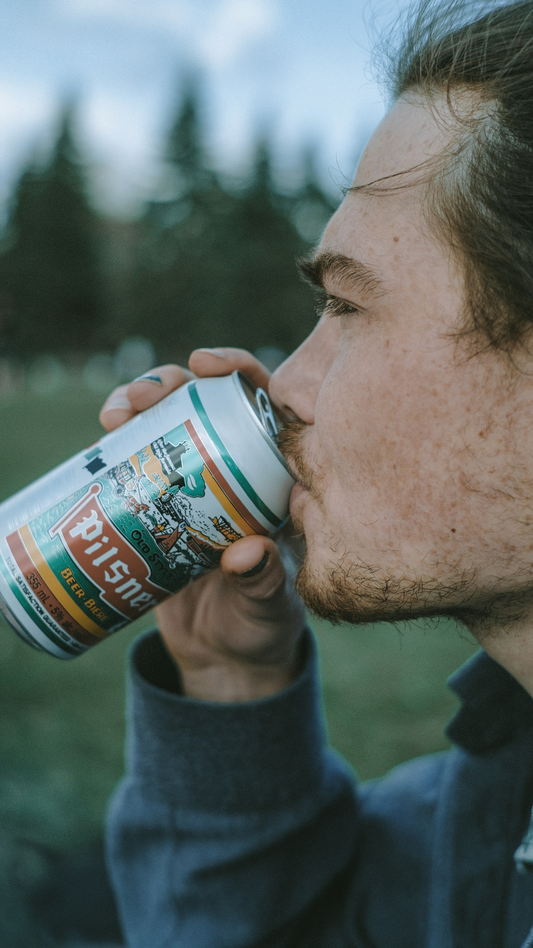HOW TO HELP YOUR MUSCLES RECOVER AFTER A TOUGH WORKOUT
Challenging workouts can often lead to torn muscles, sprained ligaments, and inflammation. These issues are common amongst those of us that train intensely. So, whether you’re a fitness fanatic, a gym junkie or starting a new training program, incorporating these tips can help your muscles heal faster so you can keep hiiting it hard.

SLEEP: Good sleep is essential for muscle recovery, more so than any other factor. Sleep deprivation will drastically affect your fitness as muscles can not repair quickly without sufficient rest. Exercising with insufficient sleep can cause more damage and lead to injuries. Research indicates that sleep deprivation can lead to increased levels of cortisol (a stress hormone), decreased glycogen synthesis and decreased activity of human growth hormone (which is important for tissue repair). Growth hormone secretion peaks at night while you sleep and it’s also highest when your sleep is deepest. So, lack of sleep will only short-change your muscle growth and repair. Professional trainers suggest a minimum of 7-9 hours of sleep each night.

NUTRITION: Food helps to restore the body’s energy supply, so try to eat good, healthy options at the right windows of time to enhance your performance and recovery. You're more likely to recover quickly when you are supplying your body with the right nourishment. Diets that limit processed foods and encourage the consumption of proteins, fruits, vegetables, whole grains, and heart-healthy fats are recommended. The Mediterranean diet, for example, has been linked to improved athletic performance.
COLLAGEN PROTEIN SUPPLEMENTS: Taking a daily marine collagen protein supplement can help to prevent injury, by building and repairing muscles, tendons, ligaments, and cartilage that are stressed during exercise by:
Replenishing Protein: Protein loss occurs in muscles during and after long periods of exercise due to oxidation, inflammatory reactions, and muscle microlesions. Collagen is an excellent protein source, packing in more protein per calorie than other sources while containing less sodium and sugar, and the combination of marine collagen’s high bioavailability with its high amino acid content makes it an optimal pre and post-workout supplement that rapidly absorbs and can quickly work to help repair and replenish proteins broken down during exercise.
Building & Repairing Muscles: During workouts, muscles absorb amino acids at a faster rate and don’t leave enough for other parts of your body. Collagen contains 19 different amino acids including glycine and proline which we need to maintain and repair our tendons, bones, and joints. When you work out, your muscles can be broken down and damaged. However, collagen supplements can help increase the levels of these amino acids, that are part of normal muscle structure, and help to build and repair the muscles, tendons, ligaments, and cartilage that are stressed during exercise. In fact, the amino acid Glycine is responsible for building muscle tissue and improving its mass, which then helps the body turn food into energy. It can prevent muscles from breaking down by boosting the level of creatine in the body. Boosting creatine in the muscles can help them to perform better in short, intense bursts of activity such as weightlifting or sprinting. Several studies have shown that boosting creatine in the body can lead to increased muscle strength, mass, and power, and it can help with recovery after exercise and rehabilitation after injury.

To support your performance and recovery, we recommend incorporating HIMMENSE SHIFT into your routine. HIMMENSE SHIFT daily collagen drinks are packed with vitamins and nutrients including:
Ashwagandha – a stress busting adaptogen shown in clinical studies to help increase muscle mass and strength, and reduce inflammation.
Vitamins B6 & B12 – which contribute to a reduction in tiredness and fatigue.
Vitamin C - which helps protects against cell damage caused by oxidative stress (e.g. excessive exercise and tissue trauma).
Plus, Vitamins B5, Vitamin D3 and Selenium for multiple science backed benefits.
So, whether you like to tear up the track, muller the mat or make waves in the pool, SHIFT can help you activate your HIMMENSE potential.
HYDRATION: Your muscles are sore after a workout because of a build-up of lactic acid. When you drink water after a workout, you're helping your body to flush out all those toxins which are building up in your system, causing pain and inflammation. Proper hydration also means proper lubrication of the joints, preventing joint pain post-workout. So, drink water as well as drinks with electrolytes.

MASSAGE: Getting a massage helps to loosen up muscles, increase oxygen and blood flow into muscles, remove lactic acid build-up (which is what makes you sore), increase flexibility and deliver nutrients from your body to your muscle.

COMPRESSION GARMENTS: Whether it’s on the running trail or in the Olympics, you’ve probably seen athletes wearing compression garments. These closely-fitting leggings, tops etc are supposed to help performance and recovery. When compression clothing is worn after working out, it can provide significant relief from muscle swelling and fatigue, according to a review of studies. They can also help muscle tissue recover more quickly.
ICE & CRYOTHERAPY: It's no secret that ice reduces inflammation, swelling, redness, and pain. If you're feeling inflamed and uncomfortable, fill your bathtub with ice and water and take a quick dip. Once you are done and start to warm up, the vessels open up and allow blood flow back into the muscle, bringing with it more oxygen to help you recover. Feeling more adventurous? Find a cryotherapy chamber near you. Please note, however, if you have a pre-existing cardiovascular disease, high blood pressure or type 1 and type 2 diabetes you need to consider the risks of taking an ice-bath.

CONTRAST THERAPY: This therapy involves contrasting between an ice bath and a hot shower. You want to be sure to start and end with cold. Jump in the ice bath for about 45 seconds and then into the hot shower for 3 to 4 minutes. Repeat this three times. The benefits of contrast therapy are to increase blood flow to the muscles and speed up the removal of lactic acid.
ALTERNATING WORKOUTS: Alternating workouts between muscle groups to allow muscles time to rest is a strategy used by professionals. Focus on different muscle groups from one day to the next. The optimal rest time is between 48-72 hours for the muscles that were worked.
ACTIVE RECOVERY: Active recovery helps reduce lactic acid build-up in muscles, eliminate toxins, keep muscles flexible, reduce soreness, and increase blood flow. One study found that following high-intensity work with active recoveries helped muscles recover faster than passive recoveries. Examples of active recovery exercises include walking, stretching, and yoga.
STRETCHING: Regular stretching before and after a workout helps to keep your muscles flexible and strong so that they can quickly bounce back after an especially intense workout. An excellent way to incorporate regular stretching into your routine is to take up yoga.

REST DAYS: Aim for at least one rest day every 7 to 10 days. But listen to your body. If it needs more rest days, schedule them in.
Advice is for information only and should not replace medical care. Consult a healthcare professional if you have any questions or are taking any other medications before you try any remedies or supplements.
Read more Men's Health & Lifestyle blogs from HIMMENSE here



